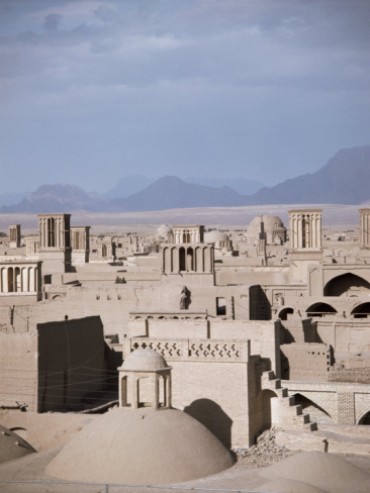Selected Topic
Issue 10 - In the Desert – Natural Conditions: Hotel in the Khor Al-Adaid Desert (July 2012)
Show articles19.12.2012 – Issue 10 - In the Desert – Montazeri Hamid – Videos, Studio
Yazd
Lecture by Hamid Montazeri
Buildings in hot and humid climates have been traditionally cooled by ventilation. Wind catchers or what is in Persian called a Baud-Geer have been employed in the arid central regions of Iran and its neighboring countries to provide natural ventilation and passive cooling. The function of the Baud-Geer in these regions is to capture wind from an external air stream and induce it into the building and its courtyards in order to cool the occupants directly by increasing the convective and evaporative heat transfer from the body surface. It also cools the occupants indirectly by removing the heat stored in the building structure. Air enters from the windward openings (with a positive wind pressure coefficient) and leaves through the leeward openings, (with negative or lower values of the pressure coefficients). Shapes, heights and internal structures of Baud-Geers were not only influential to the volumetric air delivery and cooling capacity of the building, but also an indication of the dignity, wealth and social position of the owners.
Yazd, the "bride of the desert", has been one of the foremost centers of classical Persian architecture. Due to its harsh desert surroundings, the almost entirely out of adobe built city has one of the most elaborate networks of qanats (underground water canals) and systems of wind-catchers in the world. The city is also home to some prime examples of "yakhchals", which were used to store ice retrieved from glaciers in the nearby mountains.
From a lecture given at ETH Zurich, Chair of Prof. Dr. Josep Lluis Mateo
Download article as PDF


